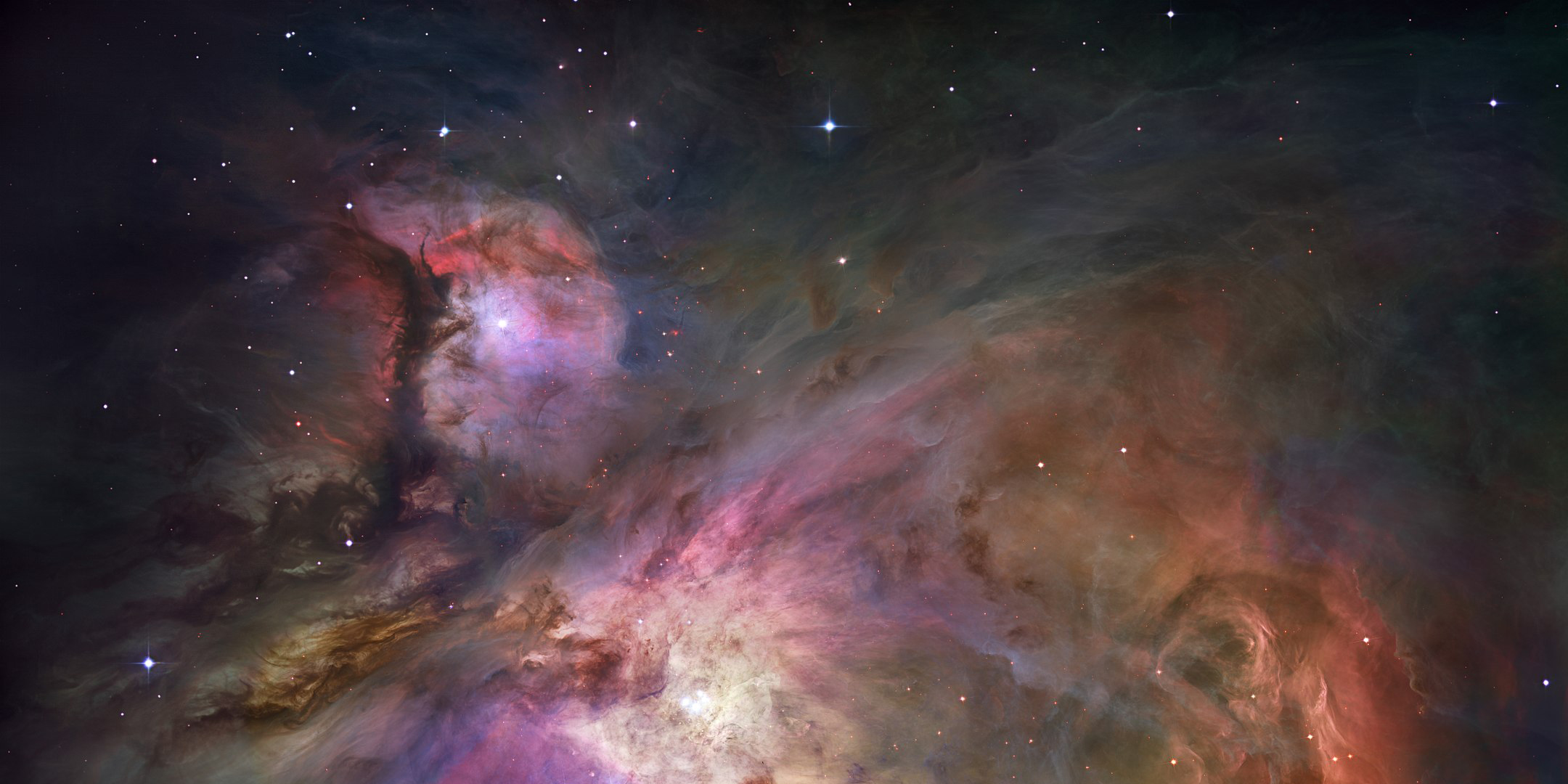
- This event has passed.
Family Astronomy Night, Wednesday, February 3, 2021 at 7 PM EST – VIRTUAL EVENT
February 3, 2021 @ 7:00 pm - 8:30 pm EST
FREE
Please check back soon for a recording of this presentation!
Star Birth: How Our Night Sky Came to Be
Did you know that everything we understand about star birth has been learned only in the last hundred years? There are so many questions for scientists to answer! What does it actually mean for a star to be “born?” Does that mean that some stars are young while others are old? How could we even recognize a young star from a normal one? If stars are born, do they have parents? What about siblings, or children? What do the areas of their birth look like? And how do we know? Finally, are you aware that some areas of active star formation are visible with the unaided eye—from Michigan, in February? Join us via Zoom to learn more!
Adults and families with school-age and older children are invited to join us virtually for a presentation focused on how stars are born. Last year, we spent two of our monthly sessions describing our understanding of the different types of stars. This month, we will learn more about how stars first come into existence. We will describe the types of objects that give birth to stars: how large and massive these things are, what they are made of, and how many stars they can produce. We will show what a star looks like when it is first “born,” what it actually does in the “infant” stage of its life, and how this all depends on the size of the star. We will also relate how we decide when a star is no longer young, and even how we can tell if older stars are “related” to one another (meaning, they were born in the same place). Finally, we will end with a brief description of the Hubble Space Telescope, which has allowed us to see star-forming regions in unprecedented detail.
And, as always, we will show you how to find the planets and other cool things that are in the sky this month and into March. Are you able to find the “Winter Hexagon” and all its parts (like Orion, Gemini, and Taurus) in the sky? Have you seen Mars high in the south, or brilliant Venus low in the morning? Have you heard that February offers an unusual (and challenging) opportunity to see Mercury, Venus, Jupiter, and Saturn all close together in the sky? And where are those regions where stars are forming? We will help you see all of these things for yourself.
Attention students: MSU St. Andrews participates in the Great Lakes Bay Region STEM Passport program. Attend one of our virtual events and log it as a STEM experience on your passport!
Michigan State University is committed to providing equal opportunity for participation in all programs, services, and activities. Accommodation for persons with disabilities may be requested by contacting (517) 432-4499 by Wednesday, January 27, 2021. Requests received after this date will be honored whenever possible.
Photo credit: https://imgsrc.hubblesite.org


